You may never have heard of the Local Plan, but it’s important. It’s a fairly weighty document that sets the overall vision for almost all future development in the Borough – it’s a key thing that future planning applications will be assessed against, as it gives a steer on what can and can’t be done, and what the Council will be looking for from developers. To complicate matters, it has to fit together with the ever-changing policies of central Government, as well as the wider London plan. It has to be reviewed every few years as priorities evolve and new challenges emerge, and this is a big exercise that Wandsworth’s currently working on.
Generally speaking in developing new policy, the earlier you talk to people and test ideas, the better the end outcome is likely to be. And Wandsworth has a lot of active and thoughtful residents, and the development of an updated Local Plan was always going to create a lot of interest. With this in mind, at the Planning Forum meeting last July Andrea Kitzberger-Smith, Wandsworth’s Planning Policy and Design Team Manager, proposed a workshop to promote community engagement on the future Local Plan. And this has recently taken place (on the 17th January at the Battersea Arts Centre).
Councillor Paul Ellis (Cabinet member for Strategic Planning and Transportation) and Adam Hutchings (Principal Planner/Policy) introduced the event. It was notably well attended, with representatives from a remarkably wide range of Societies, community groups and resident associations. The local plan covers almost all aspects of Wandsworth’s future planning policy – but to make the event manageable the discussion deliberately focussed on five particularly high profile areas, each of which was introduced by the relevant Council policy lead.
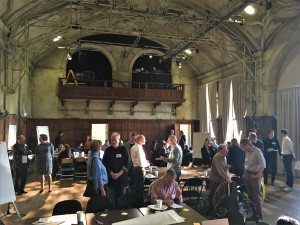 CJAG was, of course, represented – with two members on different tables. It was an interesting discussion, that covered a surprising amount of ground, and we were encouraged by the thoughtful approach of several of the Council policy leads.
CJAG was, of course, represented – with two members on different tables. It was an interesting discussion, that covered a surprising amount of ground, and we were encouraged by the thoughtful approach of several of the Council policy leads.
The discussion was designed to be frank and open, with comments not attributable. We’ve picked out a bit of what was discussed in general terms, to give a feel for what’s on Wandsworth’s mind, as well as for some of the issues raised in discussions.
Climate change & sustainable green infrastructure
A hot topic! Central government standards are quickly tightening, and the standards fro new developments are getting a lot tougher. Discussion included whether all new developments should be treated the same, what sorts of local green infrastructure would be most popular in an urban environment, and whether to meet or exceed national minimum standards.
- There should be a real tree strategy so the value of trees is properly assessed, rather than allowing mature trees to be replaced with token saplings (i.e. a mature true could be worth 5 smaller trees).
- There should be a presumption that no tree should be cut down and it should be up to the developers to challenge the decision and replace with the same value if necessary.
- The plan should favour refurbishment instead of knocking down and rebuilding (even if the latter is cheaper).
- A preference for environmental compensation or larger new developments to be on site, or failing that as close by as possible – there was good support for creation of ‘pocket parks’ and small local green spaces
- ‘Offset’ of environmental impact – the option paying money for something to be done elsewhere, far away – should be avoided as this is seen as too easy a get out for developers. There were fears that some of the measures offered by developers were just ‘greenwash’, and weren’t necessarily followed through with.
- Concerns about the tendency to accept that “wider benefits” outweigh harm.
- Construction on local authority land – where the Council has more direct control – should be seen as an example for all other developments.
- Support for a free service for recyclable waste.
Employment and industrial space needs
Maybe a less glamorous area than climate change, but this stood out as one of the most thoughtful discussions; both the Council policy leads and many attendees were quite aware of the importance of local jobs and employment. We have one of the highest occupancy rates in the UK, and there’s a major need for local business space – whether smart Grade-A offices, cheap and functional studios, flexible room for startups, or the semi-industrial space that keeps our local services running. In the London Plan Wandsworth is being required to provide an increase in both industrial and commercial space! But with land at a premium, there’s also huge pressure from developers to turn local employment areas in to flats, which means some imaginative approaches are needed to keep our local businesses alive.
- There must be protection of the existing stock, with strict enforcement: Too much industrial land has been lost already, there is no space for large units anymore, and this is making it hard for local companies to stay in the area.
- The remaining ‘industrial’ employment areas, like Stewarts Lane, need protecting. The nature of what happens there will evolve – it won’t be heavy duty manufacturing! – but having commercial space is still important (not least to avoid all residents having to travel across London to work). The type of space provided should be designed to be adaptable to change of business.
- In the traditional warehousing areas like Stewarts Lane, multi-storey approaches could replace the current single storey warehouses to create more space. Kixed use could work, but the Council should make sure these have a substantial amount of business space and avoid developers building blocks of flats with token ‘commercial’ ground floors.
- The station redevelopment, and Nine Elms, are likely to be good places for higher quality ‘Grade A’ office space thanks to their good transport links.
- It’s not just about smart offices: more robust business space, where ‘messy’ creative businesses can operate, is also important. The Battersea Business Centre on Lavender Hill, and the remaining railway arches, were cited as a good example of affordable workshop space that should be protected.
- Flexible co-working space is also needed and should be encouraged – the Battersea Studios was a good example.
- There’s lots of demand for offices for small businesses, and the recent trend of some smaller shop fronts being used as offices for small businesses (for example at the eastern end of Lavender Hill) is one that could be supported: it maintains an active
- It shouldn’t be possible to drop all office space from a development and still keep the approved planning permission.
- Some of the more peripheral new office spaces (e.g. along the riverside) had been too remote and not a success.
- More affordable space (below market rate) should be provided: as for housing, a portion of all new workplace developments should be affordable.
The future of our town centres
 A very relevant issue in an era where High Streets are being squeezed from all sides. When asked where they live, people refer to the town centre rather than the Borough – and having attractive and successful town centres clearly matters to most residents. But with the rise of online shopping, and new working patterns what town centres do and how they work is changing, and the Local Plan is an important tool to make sure our centres can continue to adapt and thrive, and make Wandsworth a good place to live.
A very relevant issue in an era where High Streets are being squeezed from all sides. When asked where they live, people refer to the town centre rather than the Borough – and having attractive and successful town centres clearly matters to most residents. But with the rise of online shopping, and new working patterns what town centres do and how they work is changing, and the Local Plan is an important tool to make sure our centres can continue to adapt and thrive, and make Wandsworth a good place to live.
- Wandsworth is blessed with many town centres, and they help our sustainability by providing convenient access to services, within a walking distance for many. They should be good pedestrian environments, and remain a place to shop – but also be able to make the most of the spread of other activities such as flexible workspaces, places to meet and go out.
- There should be more enforcement on the sorts of shop allowed (and not allowed), with attention paid to the variety of shops available. But it was also acknowledged that as some traditional ‘shop’ uses declined, new uses – such as restaurants and coffee shops, and small businesses – were also viable uses for shop units, and added to the dynamism of the high street.
- There was good support for the existing policies of protecting town centre retail parades (in major but also local centres), and in ensuring that if buildings containing shops were redeveloped, the shop fronts should remain in use.
- Some concern that developers were cramming in as many flats as possible behind shops, and in doing so reducing the size of shops to the point where they could be hard to let – there needed to be minimum standards for what was kept as shop space.
- There were big changes ahead – the loss of the department stores needed careful thought, and the Council should keep decent sized retail in place. The future of Debenhams Clapham Junction may become a major issue as it is an anchor for the town centre – the Council should resist any loss of retail space, at least on basement, ground & first floors.
- It wasn’t a one-size-fits-all picture across the Borough. Wandsworth town centre has (arguably) more shop space than it needs, and it can take a while to let – while Clapham Junction suffers from a lack of ‘mid-sized’ units.
- Falcon Lane (Lidl / Asda) was cited as a particularly poor bit of town centre design – the shops are important, but the layout is terrible.
- More help should be provided to small businesses in the borough.
- Speculation on renting value from land owners, leading to long-term empty units, should be discouraged.
Community facilities
 A broader item looking at what community facilities the Borough should try to achieve as part of major new developments. This covered a broad range, including sports facilities and parks – not just community centres.
A broader item looking at what community facilities the Borough should try to achieve as part of major new developments. This covered a broad range, including sports facilities and parks – not just community centres.
- Strong support for Wandsworth’s previous work to protect local pubs from development, following the sad case of the Castle – “keep up the good work”.
- There should be plans to secure community facilities as part of new developments – but it’s also important to help new facilities be viable and sustainable in the medium to long term.
- Childrens play areas, and the various outdoor gyms on the Common, have also been popular and well used, and are a good example of a successful and low-cost community facility.
- There should be more places available to meet.
- Unused space and Council facilities should be offered for free to organise events (this is already the case in some pubs offering for free space not used during certain periods, but the Council should offer such possibility too).
- One of the design criteria should be multiple function use.
Shaping tall buildings
 We had to discuss this! An inevitably lively topic. CJAG was originally founded around local concerns about two proposed 42-storey towers. There was a general recognition that Wandsworth is essentially ‘full’ and has very little undeveloped land and denser development was inevitably going to be needed – but also a strong feeling that experience of high rise projects to date had not been good in many cases, that the location and design had to be considered very carefully indeed, that many areas in Wandsworth were not suitable for high rise at all, and that in future much higher standards could be imposed.
We had to discuss this! An inevitably lively topic. CJAG was originally founded around local concerns about two proposed 42-storey towers. There was a general recognition that Wandsworth is essentially ‘full’ and has very little undeveloped land and denser development was inevitably going to be needed – but also a strong feeling that experience of high rise projects to date had not been good in many cases, that the location and design had to be considered very carefully indeed, that many areas in Wandsworth were not suitable for high rise at all, and that in future much higher standards could be imposed.
- Tall buildings should not be considered as ‘landmarks’! Pretty much any cut-and-paste two-bit tower project is described by its developers as an exciting landmark, but we aren’t desperately seeking new ‘landmarks’, but rather quality buildings that will stand the test of time and improve our town centres – what matters is good design.
- The plan should require early community engagement – and the results of this need to be accounted for in the definitive proposed scheme.
- When the Council owns the land, it has more control – and there should be more co-production with community groups and the Council should show ambition and strict on respecting all its policies.
- There is a market for flats – but they need to be good flats with careful design and high quality space. The example of flats in Nine Elms with big, deep, useful balconies was cited as an example of high rises going beyond the minimum standards.
- Tall schemes should not be considered in isolation but with all granted, under-review and proposed applications, and its cumulative impact should be strictly assessed and over-development prohibited. In other words, new proposals should be considered in the wider context and not on their own merit.
- The PTAL (access to transport ratio) should not only be considered in theory but measured in practice with congestion of train stations at pick hours. Too much cumulative pressure on transport system should be a reason for refusal.
- Tall buildings should respect strict right to light. It should be unacceptable to approve proposals with daylight and sunlight reports showing that a noticeable number of windows may fail to meet BRE guidelines.
- Minimum separation distances of 18-21 meters, as per the London Plan, should be enforced.
- Policies should be strictly enforced.
- Interesting discussion of whether development should be (broadly speaking) allowed up to the height of the tallest building in the immediate vicinity, or to a fixed height defined in the area. A tall building should be defined as vertical in its development.
- It should not be possible to justify a development with the wording “benefits outweigh harm”, as this is a personal judgement and while harm will be easily measurable, benefits might only be a prospective.
All in all, this was a good start at engaging the many community groups in the Borough in an important part of the planning process. It was good to see the interested and enthusiastic approach of the Council policy leads, and the range of carefully considered (if not always mutually compatible) views form the various attendees. We can expect to see more on this later in the year, as the initial ideas start to take shape in an updated plan. It will later go in to a more formal consultation stage, before being finalised and guiding the next few years of development in Wandsworth.
As ever, we’ll stay involved and keep you posted. Let us know if any thoughts on the Local Plan, or if you’d like to be involved in CJAG.


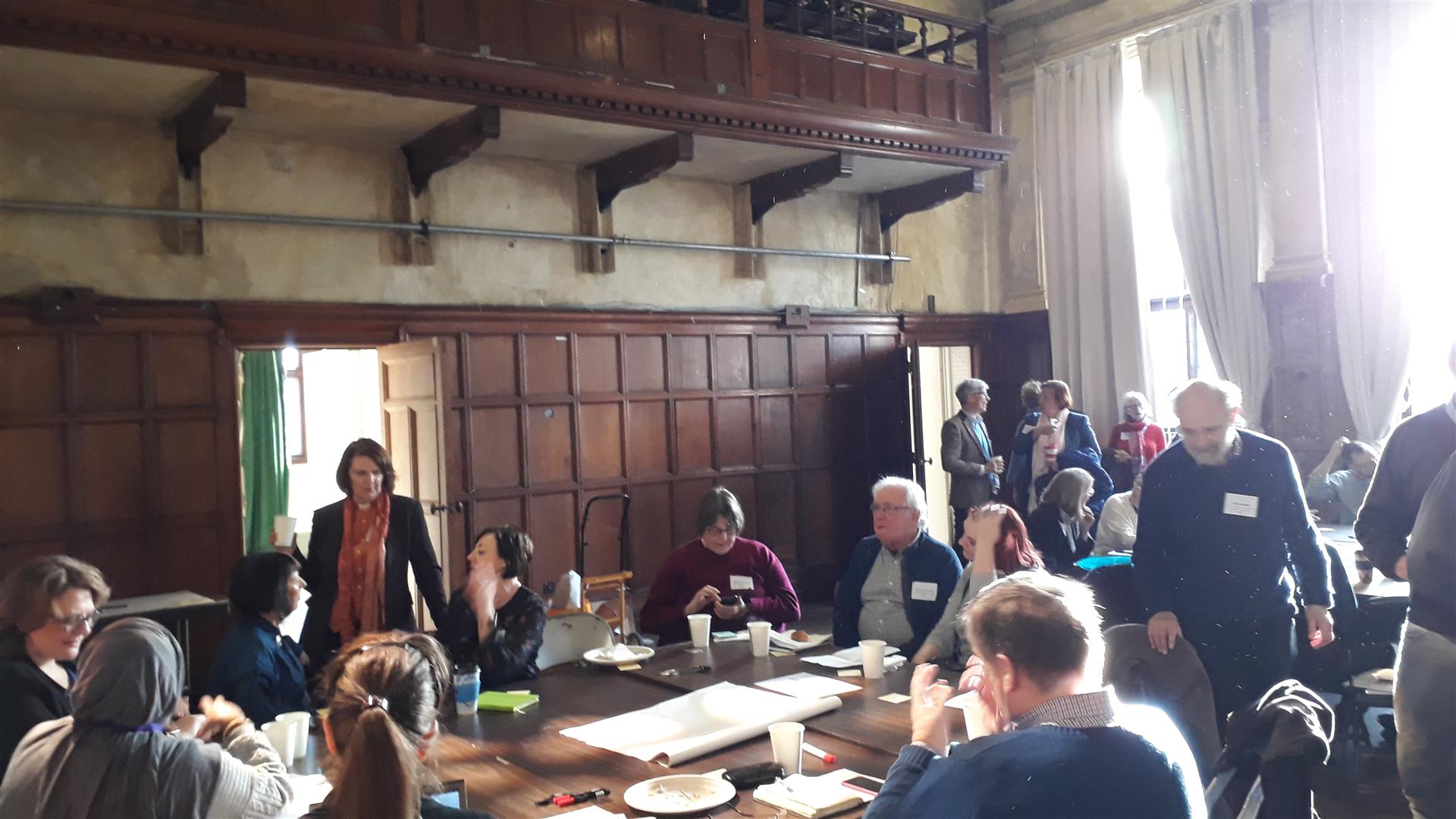
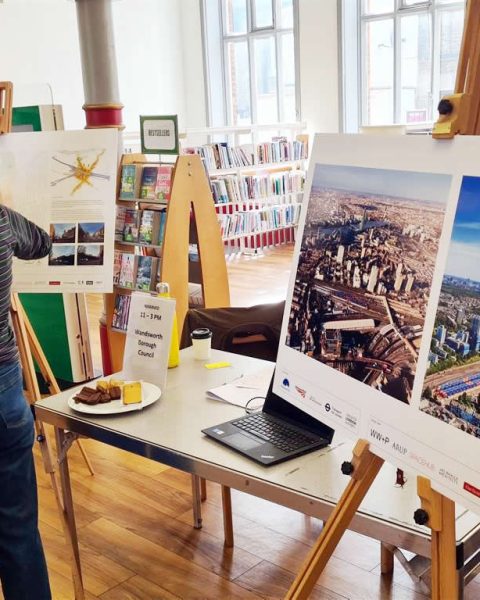
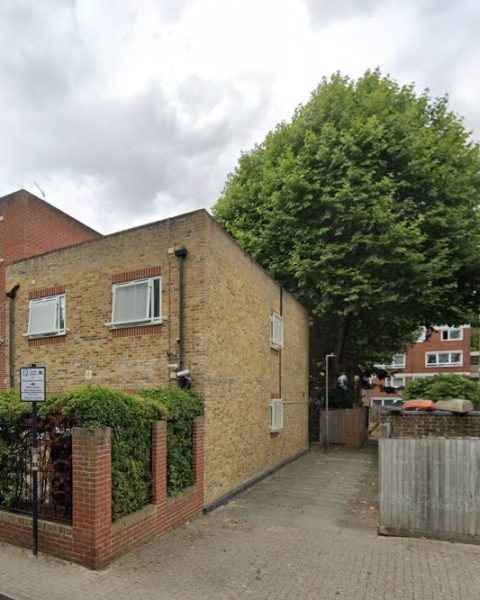
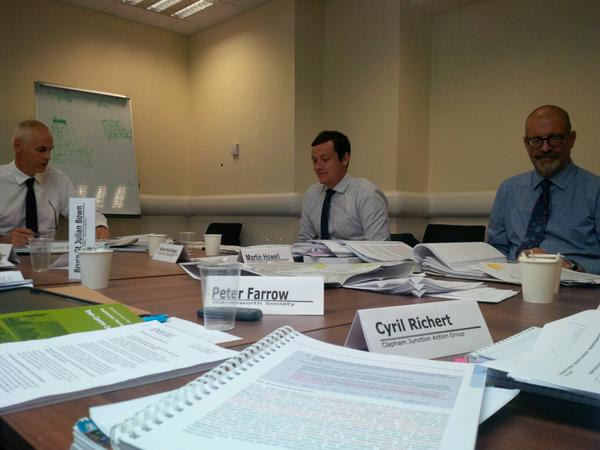



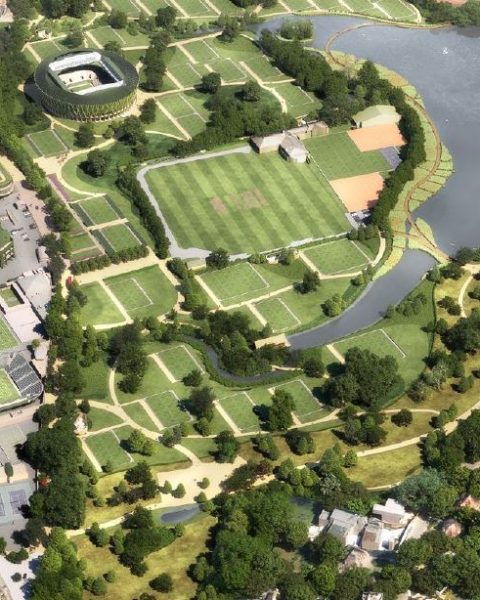
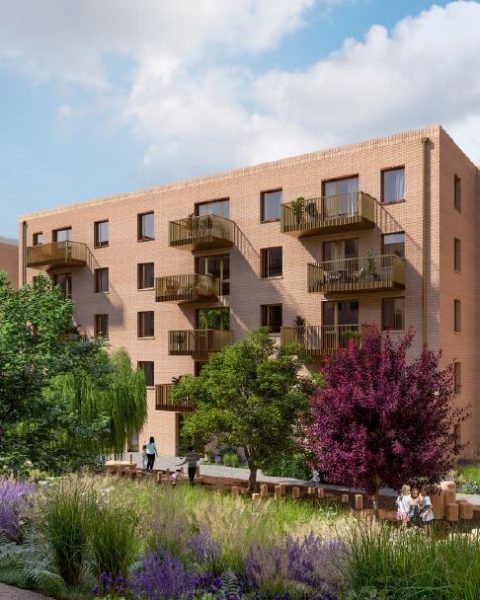
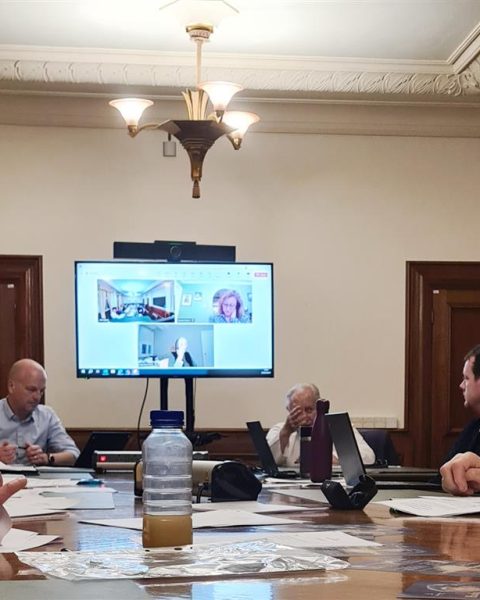
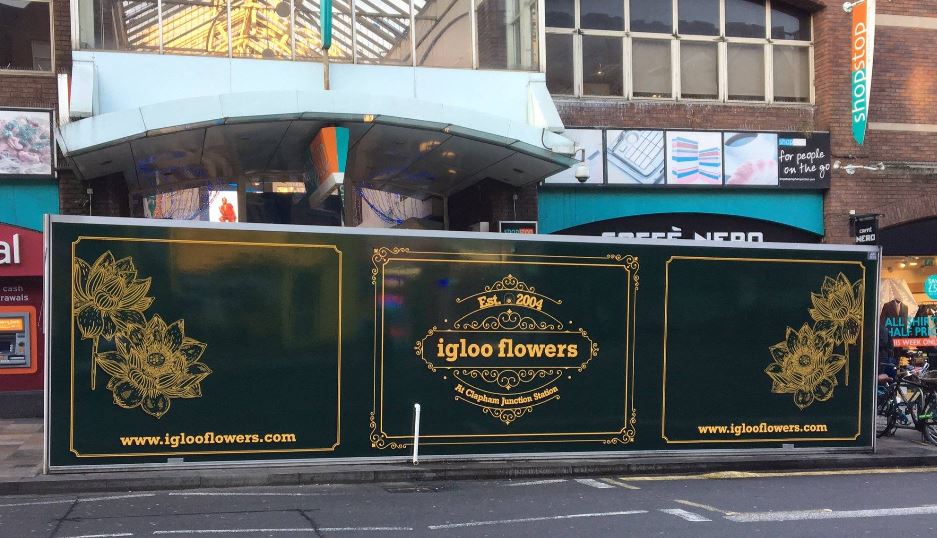




This would all be much more encouraging if this council did not have a history of ignoring its own Local Plan when developers wave their cheque books, then retrospectively amending it to fit the realities this approach created. The towers along York Road are an infamous example. Wandsworth Council’s track record of community engagement is not much better. The Winstanley Estate redevelopment is building exactly what residents said they did not want, more towers. So you have to forgive me when I am not as excited as you seem to be about this exercise. I believe it when I see the next Lombard Road-style landmark tower refused. So far, that has never happened in this borough.
On this website, we totally share your point. I wrote it again at the beginning of February here: https://cjag.org/2020/02/03/new-pr-exercise-on-winstanley-york-redevelopment-with-less-green-space/
However, this is the first time that such an event was organised. Without being over enthusiastic, we needed to acknowledge the idea.
At the end, if a large part of the ideas shared are taken into account when drafting the new policies, we will congratulate the Council. But we will be the first ones to criticise loudly if we see that only a handful of minor points appear in the final documents, as it has often be the case in the past.
[…] work to update the Plan (which your author has reported on in some detail on sister site the Clapham Junction Action Group). It was an interesting discussion, that covered a surprising amount of ground, and we were […]